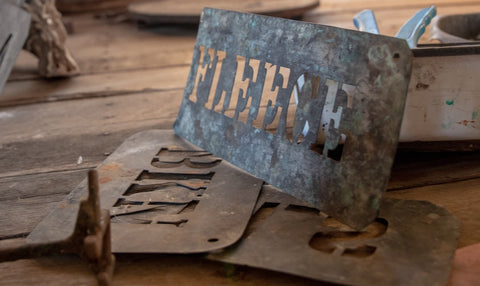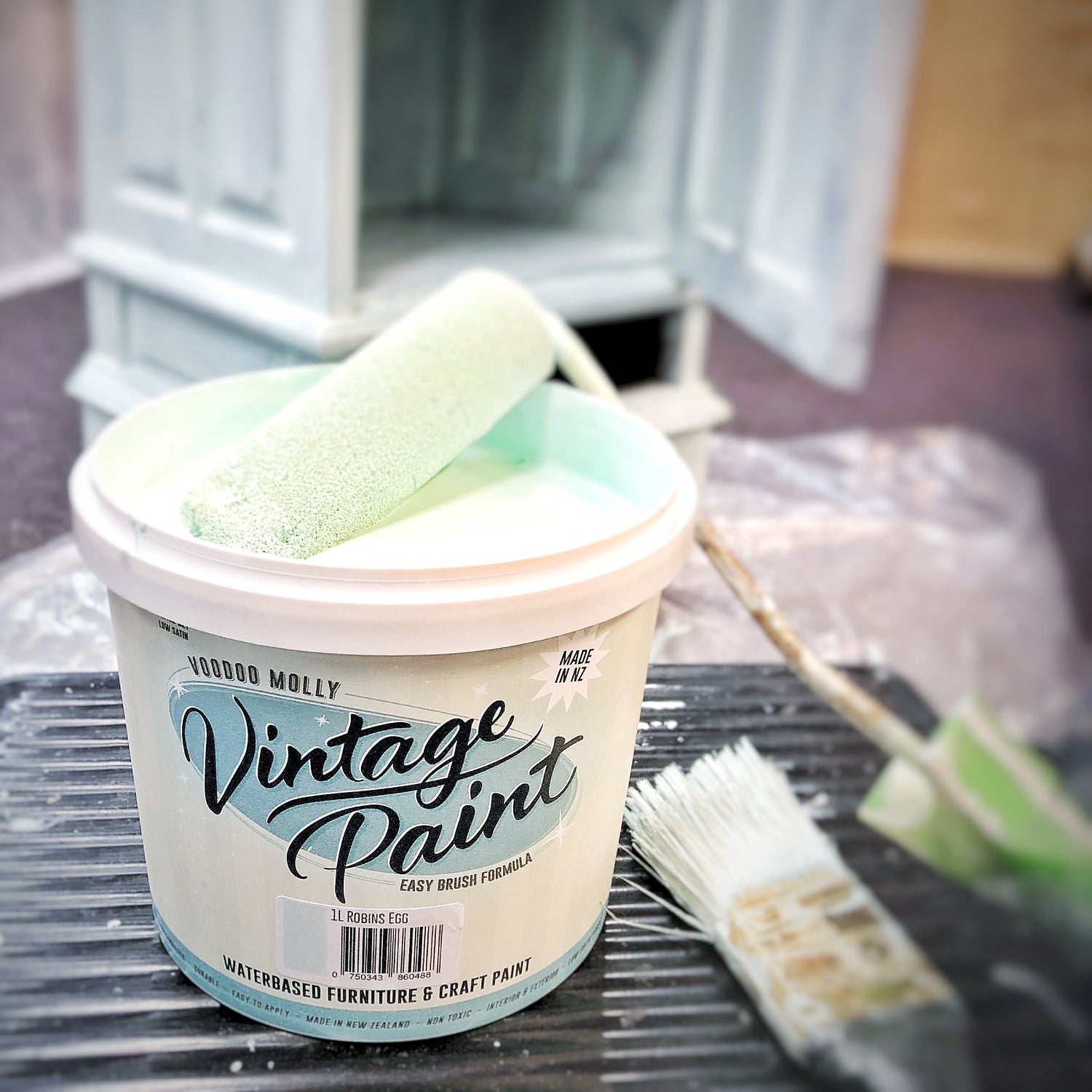Using stencils for painting furniture is a great way to add a personal touch to your home decor. It is an easy and affordable way to transform plain and boring furniture into something unique and stylish.
Stencils come in a variety of shapes and designs, making it easy to choose one that suits your style and taste. Whether you want to add a floral pattern or a geometric design to your furniture, stencils offer a wide range of options.
Before you begin painting, it is important to prepare your furniture. Start by cleaning and sanding it to create a smooth surface for painting. Once you have prepared the surface, apply a base coat of paint to your furniture. This will create a solid background for your stencil design.

Next, position your stencil on your furniture and secure it in place with painter's tape. Using a foam brush, carefully dab the paint over the stencil. Be sure to remove any excess paint to avoid smudging or bleeding of the design.
Once you have finished painting, carefully remove the stencil and allow the paint to dry completely. To add an extra layer of protection, apply a clear coat of sealant to your furniture.
Stenciing is a fun and creative way to update your furniture without spending a lot of money. It is a great DIY project that can be done by anyone, regardless of their painting skills. Whether you're looking to add a pop of colour or create a unique design, stenciing is a great option for transforming your furniture.
How to stencil furniture
Materials: Stencil, stencil brush or dauber, Voodoo Molly Vintage Paint
1: Select a stencil that matches the theme or design you want to create. You can find a variety of stencils online or at a craft store.
2: Clean the surface you want to stencil with a damp cloth and let it dry completely. If you're stencilling a wall, use painter's tape to secure the stencil in place.
3: Choose a paint colour that complements your surface and stencil design. Pour a small amount of paint onto a plate or palette. Dab the brush or sponge into the paint and blot any excess onto a paper towel.
4: Position the stencil onto your surface and use the brush or dauber to apply the paint through the stencil openings. Make sure to hold the stencil firmly in place while painting. Use a light, tapping motion to apply the paint, being careful not to overload the brush or sponge.
5: After painting the stencil, check for any missed spots or uneven areas. Fill in any gaps or light spots with more paint as needed.
6: Once the paint has dried, carefully remove the stencil from the surface. For best results, peel the stencil back slowly and steadily, pulling away from the surface at a 45-degree angle.
7: Clean the stencil with warm, soapy water and a soft brush or sponge. Dry the stencil thoroughly before storing it for future use.
8: If you notice any imperfections or mistakes, use a small brush to touch up the paint. Wait for the touch-up paint to dry before assessing if additional touch-ups are necessary.
9: Allow the paint to dry completely before moving or using the stencilled item.
By following these simple steps, you can create beautiful stencilled designs on a variety of surfaces. With a bit of practice, you can master the art of stencilling and create stunning, personalised home decor.


